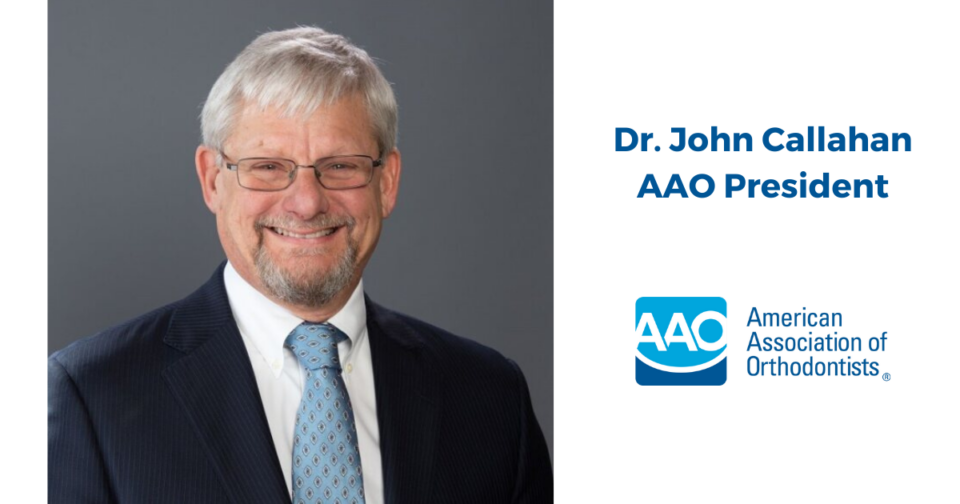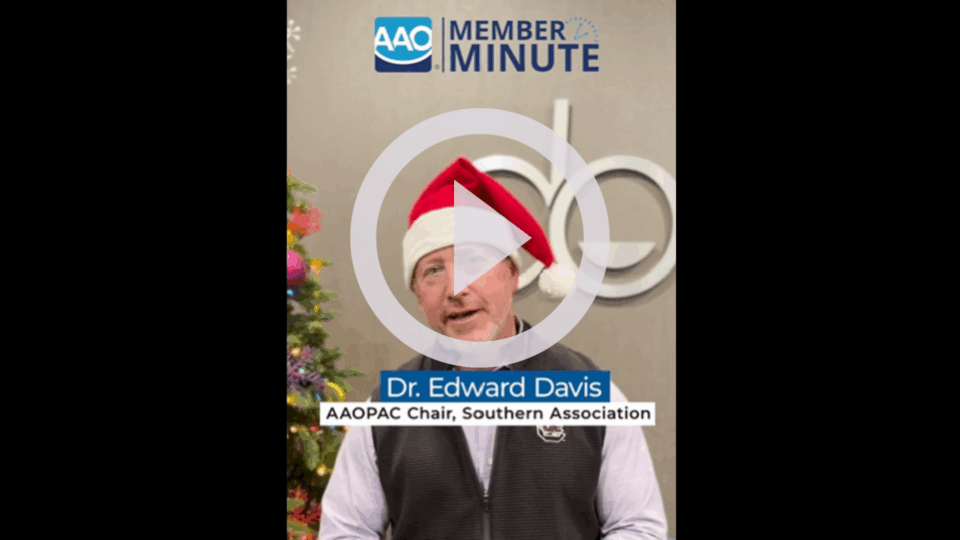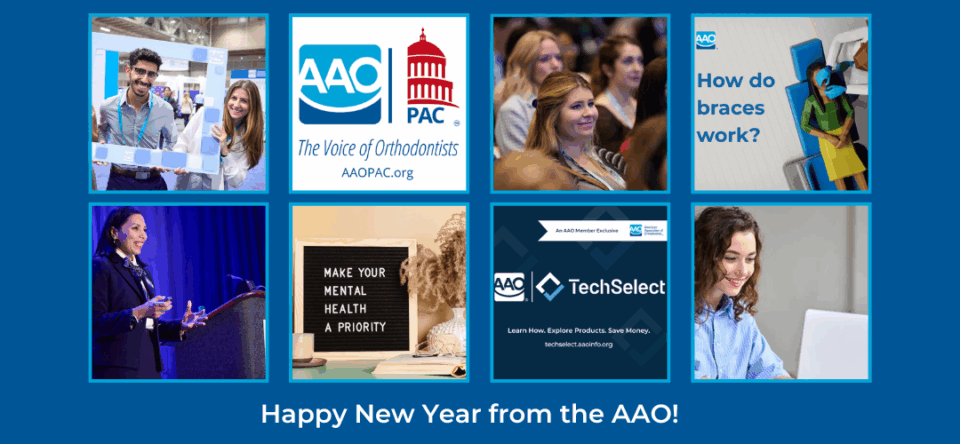August 20, 2024
Mr. Joseph Hogan, President & CEO
Align Technology, Inc.
Re: Advertising for Invisalign Palatal Expander System
Dear Mr. Hogan:
I am writing to convey the American Association of Orthodontists’ significant concern regarding recent advertising for Align’s Invisalign Palatal Expander System, and specifically, the advertisement posted as a Facebook reel at https://www.facebook.com/reel/1985134932005536. AAO members have raised their concerns about this advertisement (as well as previous similar advertisements), and as President of the Association, I am relaying these concerns to you.
The advertisement at issue begins by depicting a mother adjusting a traditional-style metal expander worn by her son. The voiceover by the mother states, “My kid’s palate needs to be expanded, but turning this metal screw is stressful for both of us.” During this voiceover, the video shows the mother adjusting the palatal expander’s screw, and as she does so the child winces. The child’s facial expression as well as the audible noise made by the child imply that he is experiencing discomfort and/or pain. Solemn music also plays in the background during this scene, and the overall lighting and tone of the scene is dark. This scene then transitions to brightly lit imagery and upbeat music showing the Invisalign Palatal Expander, with a voiceover and text stating, “The Invsialign Palatal Expander is less painful with no metal and no screw.”
The obvious inference, if not outright statement, of this advertisement is that traditional palatal expanders are painful and stressful to both the patient and their parent. Although neither the AAO nor I were involved directly, it is my understanding that Align previously ran a similar ad in approximately March of 2024, where the same messaging and imagery was conveyed along with reference to traditional palatal expanders as being “medieval” and/or “torture.” My understanding is that these ads were quickly withdrawn by Align after the Canadian Association of Orthodontists expressed their concern regarding the ads.
AAO asks that Align consider more carefully the inferences of this type of advertising toward orthodontists and other dentists who utilize traditional metal palatal expanders in treatment. Even setting the prior “medieval/torture” ads aside, the clear implication of the current advertisement is that traditional palatal expanders cause an undue amount of pain and stress with patients, thus also creating an unfavorable impression of the orthodontists who use such palatal expanders.
AAO members have expressed significant concern over Align’s decisions to run both the present and the previous advertisements, as well as Align’s apparent lack of regard for the impression these advertisements create of orthodontists who use traditional palatal expanders in treatment. These advertisements are targeted at patients/consumers who are unlikely educated about palatal expanders and may jump to conclusions that are unsupported by evidence. All orthodontic options should be presented to patients in a balanced and truthful manner, allowing them to make informed decisions based on accurate information. Moreover, I am hopeful that it is not Align’s intent to create negative inferences with the general public regarding orthodontists who utilize traditional palatal expanders.
The research cited by Align in support of these advertisements and statements, which is cited and described at https://www.invisalign.com/palatal-expander, is similarly of concern. Align’s description of the research allegedly supporting these advertisements states that a survey was conducted of “10 Invisalign-trained orthodontists who participated in the Invisalign Palatal Expander System Technical Design Assessment and have treated at least 1 patient ages 6-11 years with IPE.” Presenting conclusions drawn from limited data can be misleading and may not accurately reflect the broader experience of orthodontic professionals or patients. We urge Align to ensure that any research or survey data referenced in your marketing materials demonstrate the hallmarks of scientific reliability, including the existence of a sample size that is statistically significant and peer review.
Finally, AAO has concerns regarding any request for orthodontists or other dentists to promote these advertisements in their practices or on their practices’ social media or websites. Many states’ Dental Practice Acts strictly prohibit dentists and orthodontists from advertising techniques as “painless” or “less painful.” By asking practitioners to promote the Invisalign Palatal Expander using such language, Align may inadvertently be encouraging violations of these regulations, potentially exposing orthodontists to legal risks.
AAO values its longstanding relationship with Align, and I am hopeful that Align will earnestly consider the concerns raised in this letter, in conjunction with those previously raised by the Canadian Association of Orthodontists. I am also happy to have a conversation with any representative of Align to further discuss these issues. Thank you in advance for your consideration of these issues, and AAO looks forward to many future years of a continued and mutually beneficial relationship with Align.
Sincerely,

Dr. John Callahan
President, American Association of Orthodontists
C: Matthew Miller, VP & GM, United States, Align Technology, Inc. (by email)
Trey Lawrence, CEO, American Association of Orthodontists



